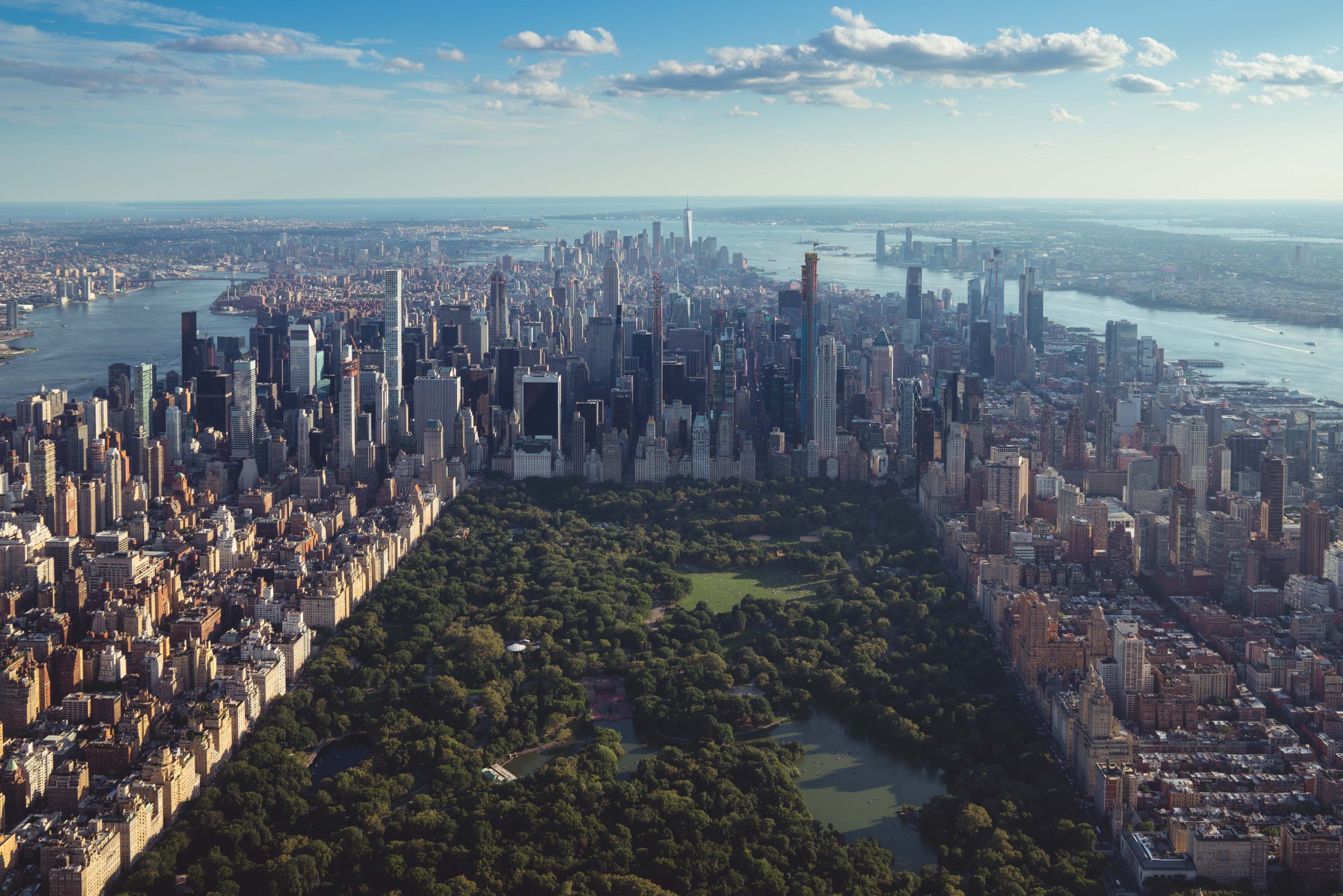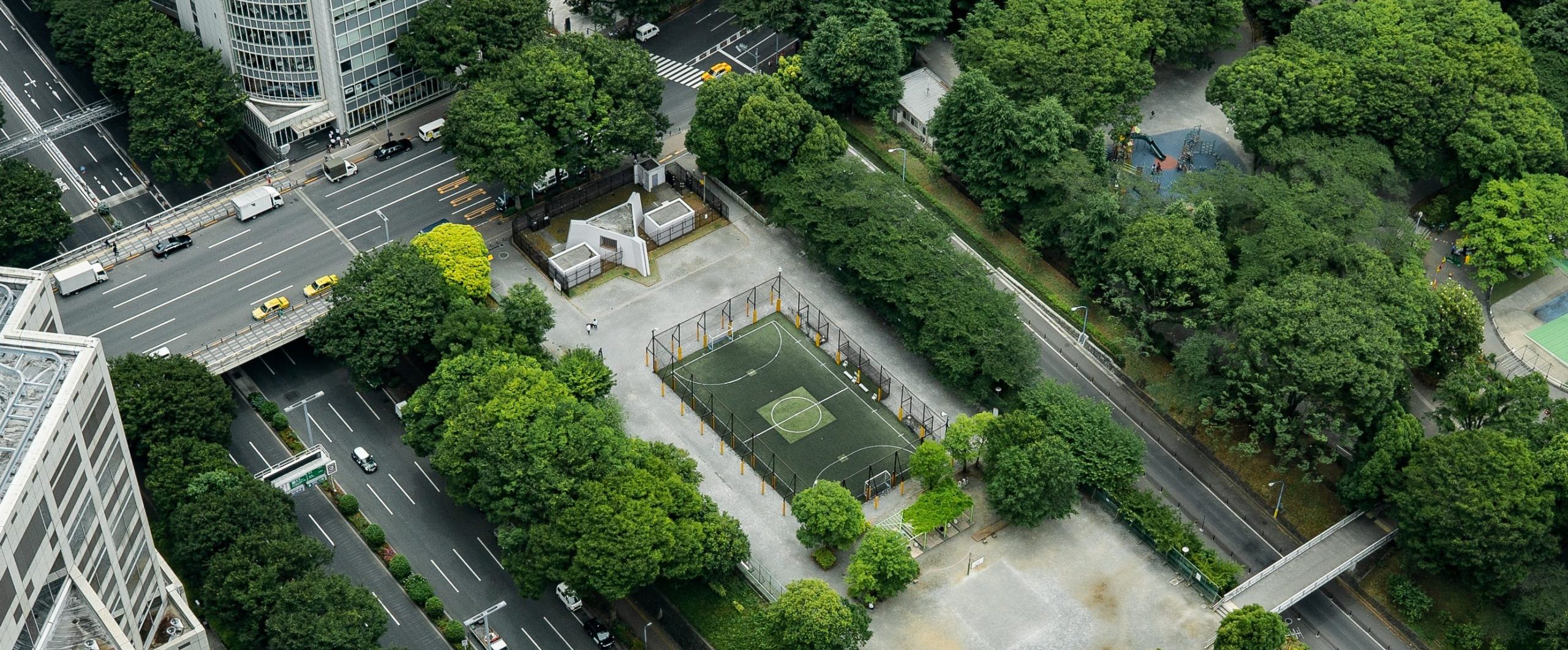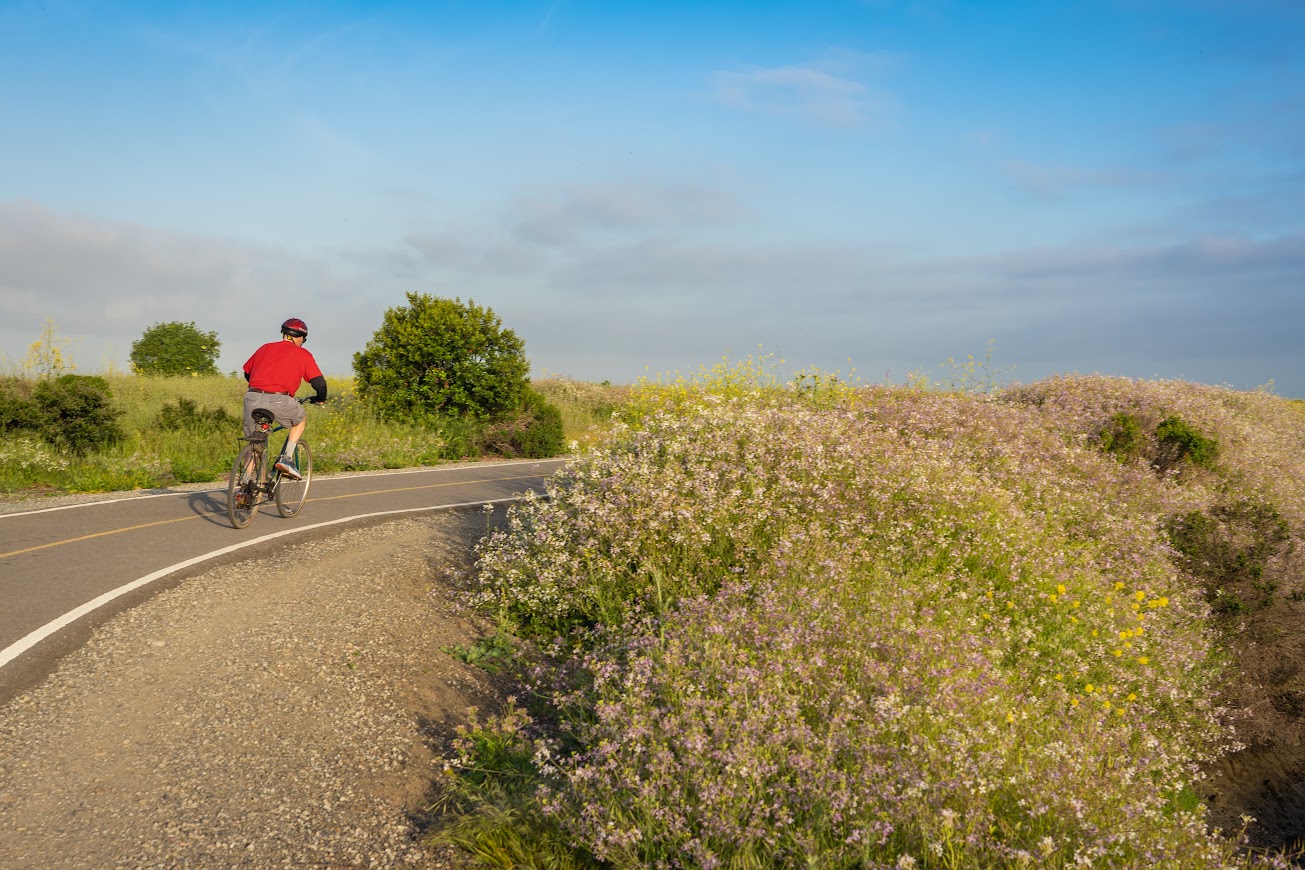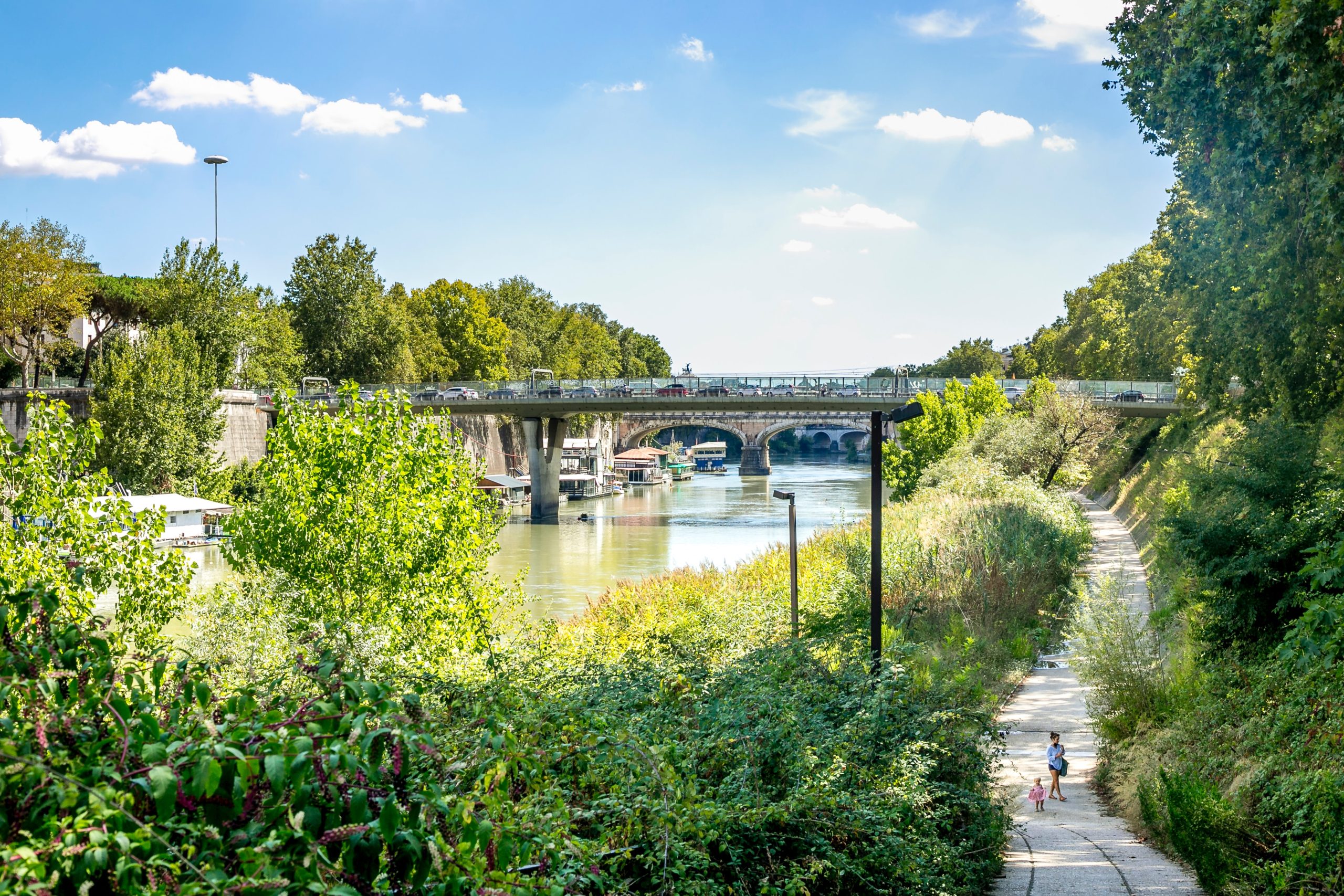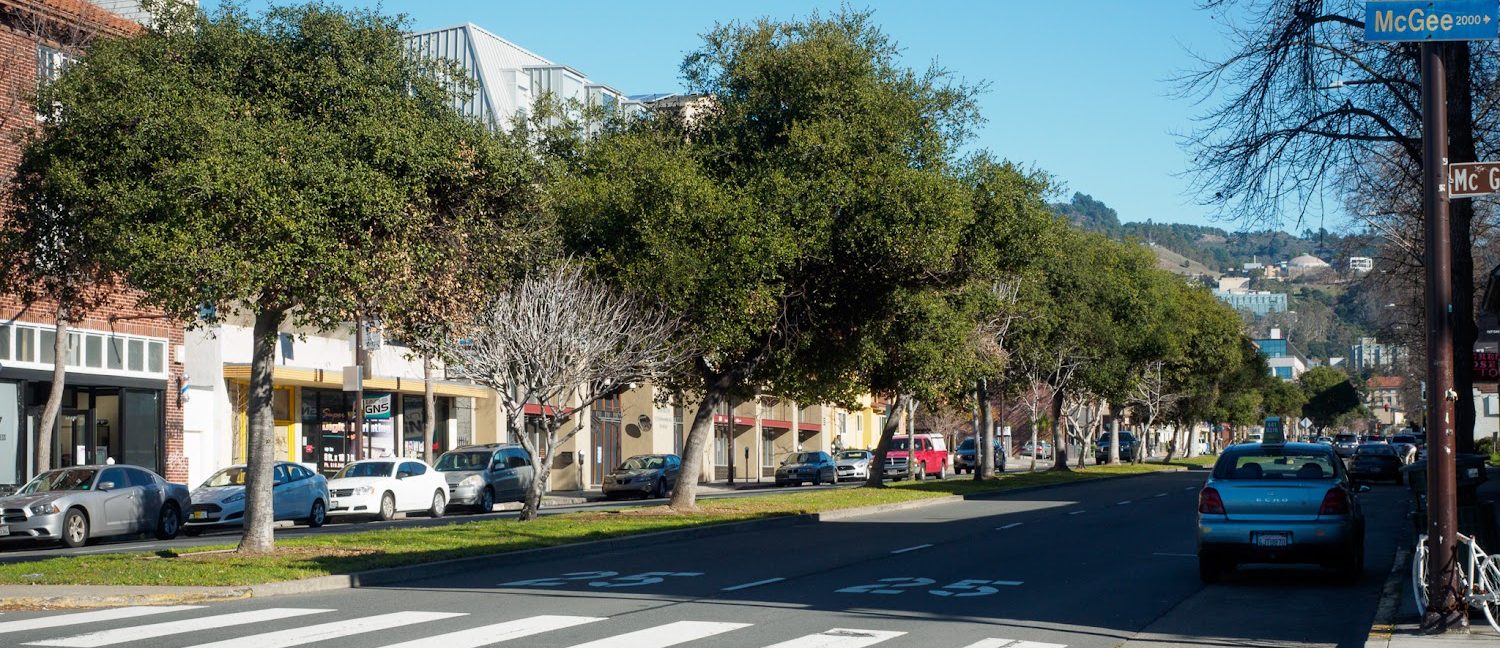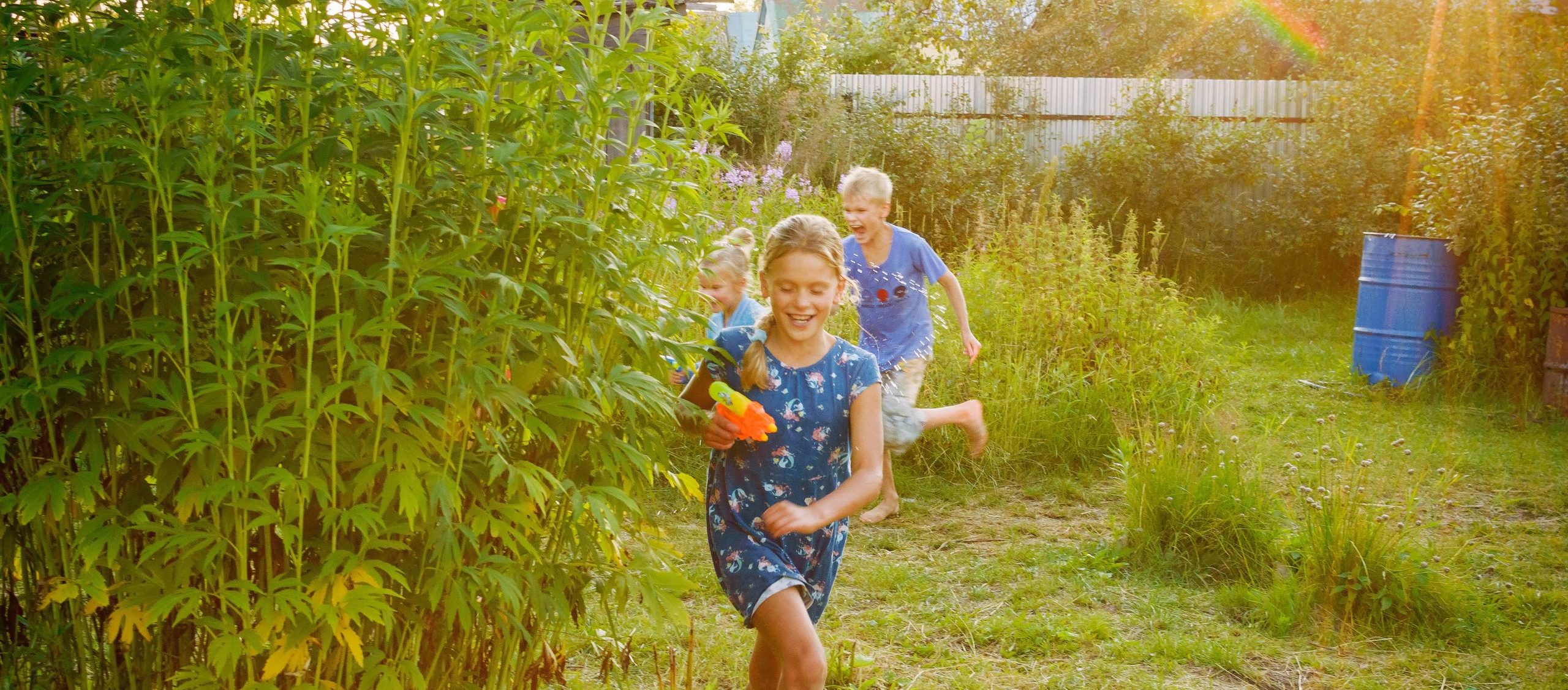Begin engaging community members as early as possible in the process. Invite broad participation and think carefully about how to achieve equitable representation. Build communication, and be willing to change the project site and scope based on community feedback.
Community-Driven Projects
Image credits: FortyTwo, Unsplash
Community-Driven Projects emphasize equitable engagement with communities that begins early in the process and provides benefits to the local residents at the project’s completion. Community engagement, or the voluntary participation of local residents in certain parts of the planning and design processes, is an important part of urban planning and design. Community-driven design is a key strategy for combating green gentrification.
Biodiversity role:
Community involvement in ongoing stewardship has been shown to improve the success rate of greening projects (e.g., a higher survival rate of planted trees).
Human health role:
Greening efforts that meet the needs of the surrounding community may be more likely to be used by residents and improve health outcomes for underserved residents.
Key tensions and tradeoffs:
Productive engagement between community members and biodiversity advocates is often time consuming. If adequate time is not invested building a shared understanding of needs and constraints, opportunities may be missed for projects that meet multiple human health and biodiversity needs.





Pursue a genuine and robust community engagement process. Community forums should be scheduled at a variety of times to allow a broad range of people to attend and should include support for attendees. Engagements that are not community-driven should not be labeled as such.
Design urban greening projects to celebrate local culture and address community needs and interests. Community meetings during the conceptual and schematic design phases can be used to get feedback to ensure the space matches what the community wants.
Source construction labor and material locally when possible so that project funds stay in the community. Encourage volunteer participation to engage the community and create a sense of ownership of the space. Examples include restoration planting events and community art projects.
Establish programs to monitor progress towards the project goals and provide ongoing stewardship of the completed project to ensure it continues to provide intended benefits. Reduce barriers such as park fees, rules, and limited operating hours to increase accessibility and equity for park users.
Relevant Site Design Strategies
Different types of urban sites present their own opportunities to support health and biodiversity based on their spatial configuration, design, site programming (or intended uses), and management decisions. Typical contexts and documents in which these strategies may be relevant include: (1) Community-led visioning for urban greenspaces; (2) Project development and planning (ex. conceptual and schematic site plans); (3) Project design (ex. detailed construction drawings and site plans).

